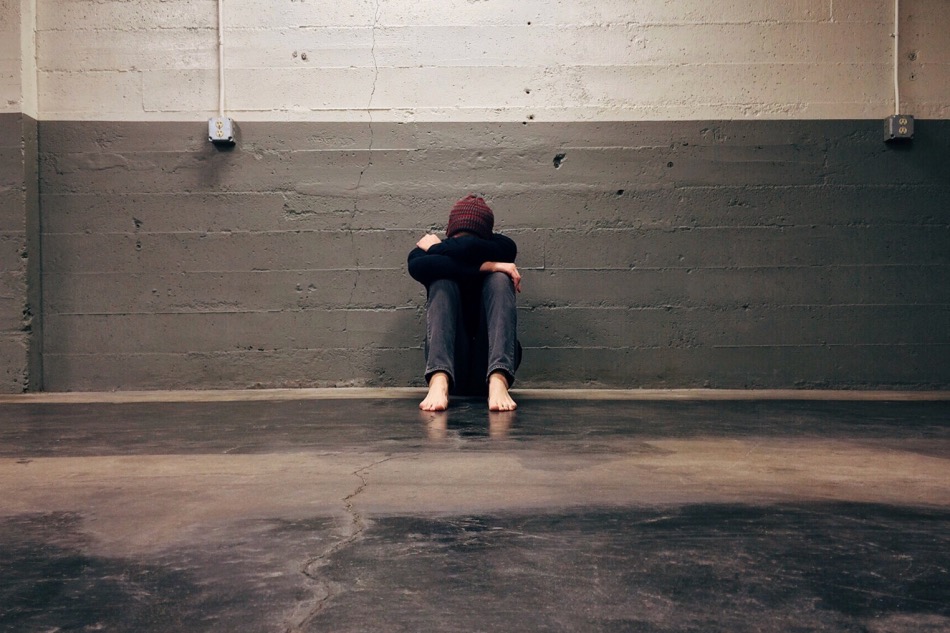
Medication-assisted treatment saves lives, but it is not fully accepted or understood.
Despite spending hundreds of millions of dollars combatting homelessness, Orange County still has a street population of at least 7,000 people. The issue persists, in part, due to a stubborn connection between chronic homelessness and active addiction.
The Federal government, state of California, and Orange County have attempted to break that connection by investing in and advocating for the use of Medication-Assisted Treatment (MAT), a widely accepted clinical approach that prescribes FDA-approved drugs to curb cravings and reduce withdrawal symptoms while a patient is in recovery. But while MAT has been hailed as the “gold standard” treatment for opioid addiction, it is not universally admired, nor has it been easy to implement.
The enormity of delivering MAT to thousands of homeless individuals in Orange County is hard to fathom. But organizations like BeWell-Orange County, the California MAT Expansion Project, and the Coalition of Orange County Community Health Centers have taken it on. The logistical and financial hurdles they face are daunting, but they also have to continuously combat misinformation and negative perceptions about MAT.
These negative attitudes have dogged MAT in cities all over the United States for decades. Many communities, especially more affluent ones, bitterly opposed any introduction of MAT. Community groups and elected officials predicted that “methadone clinics” would dramatically increase crime and reduce quality of life. In a bitter ironic twist, many of these communities have seen a dramatic increase in opioid-related deaths over the last ten years and now desperately need more access to MAT.
Stigma toward MAT is especially problematic among physicians and other individuals whose job it is to serve those facing addiction. Several studies have demonstrated widespread stigma toward MAT and MAT patients among physicians as well as professionals who work in the criminal justice and child welfare systems. A doctor who has written thousands of oxycodone prescriptions may be reluctant to take the required eight-hour course to be allowed to prescribe buprenorphine (an FDA-approved drug used for MAT that doctors can prescribe right out of their offices). According to a 2019 study, less than 4% of potential prescribers in the state of California can prescribe buprenorphine. Some physicians do not understand how to enter MAT treatment codes properly into their electronic medical record systems, which can hinder or limit their reimbursement for services rendered. Rather than learning the system better, some physicians give up in order to avoid what they perceive as an administrative hassle.
Patients receiving MAT face particular difficulty securing housing, a tight market exacerbated by landlord reluctance to accept renters on MAT. Even patients who seek housing in a recovery residence may be turned away if they are on MAT. That’s because many of these transitional housing facilities adhere to a strict drug- and alcohol-free model that requires complete abstinence in accordance with 12-Step principles. So an individual pursuing recovery with MAT and achieving sustained sobriety often faces the same punishment as an addict who enters transitional housing and relapses using their drug of choice. Some portion of Orange County’s 7000+ homeless population is caught in this predicament, and may resort to sleeping on the street for lack of a safer option. The hostility carries over to individual 12-step groups, some of which explicitly limit participation from people who are on MAT.
While 12-step programs were once the only recovery option for incarcerated individuals, some states have embraced offering MAT in prisons. Rhode Island has had particular success with this approach, with participants reporting reduced withdrawal symptoms and increased willingness to comply with MAT after they are released. Many states have imitated the Rhode Island approach, but right now, not all individuals who are incarcerated in Orange County have access to MAT. Even if an individual does successfully initiate MAT while incarcerated, he or she may feel pressure to stop treatment after their release in order to secure or retain housing.
Social stigma is associated with reduced support for public health policies. Fortunately, despite the inherent logistic and philosophical hurdles, elected officials across the country still support MAT. California Governor Gavin Newsom’s 2022-2023 Budget includes $61 million in funding targeted for the MAT Expansion Project. Funding is also proposed for increasing use of MAT in county jails and within state-licensed facilities. Whether these projects will persuade landlords, recovery residence directors, physicians, and all individuals who interact with homeless addicts to embrace and accept MAT remains to be seen.
Disrupting the addiction-homelessness continuum will take more than state funds. We also need to let go of age-old biases about addiction and pathways to recovery so patients get the support they need, where and when they need it.
Shannon Goodman and Thomas Mitchell are graduate students at the University of Southern California Suzanne Dworak-Peck School of Social Work. Ms. Goodman is a long-time resident of Garden Grove, Orange County focused on trauma and addiction. Mr. Mitchell is a medical writer from Philadelphia, Pa. He has five years sober.

